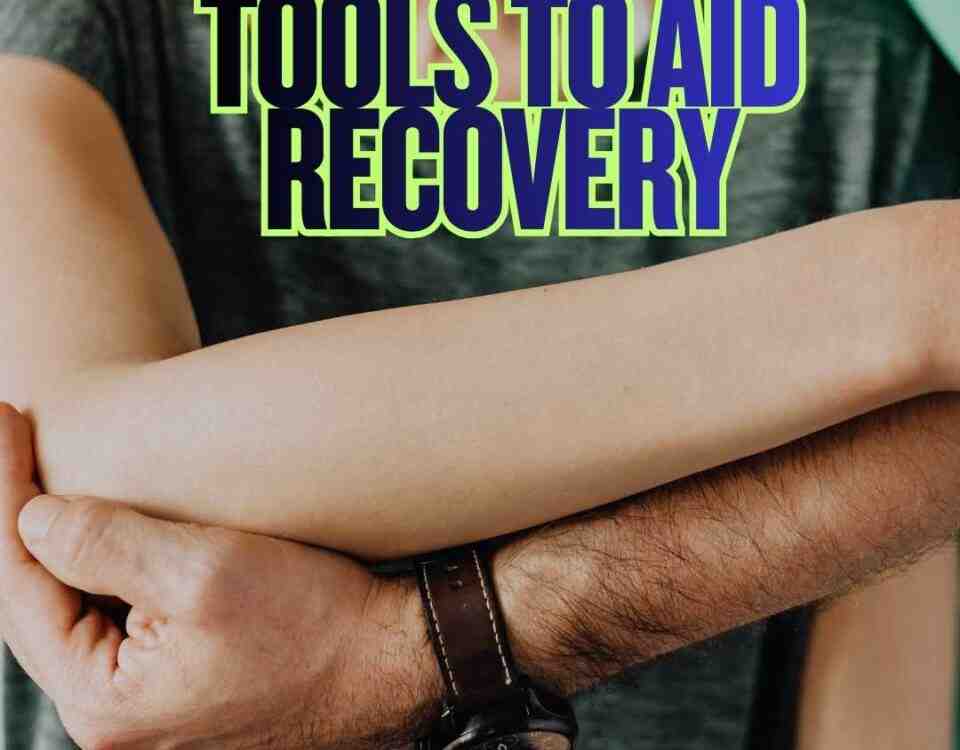What is the Best Treatment for Whiplash?

Things To Do – June 25 to July 1
June 27, 2018
Neck Pain Treatment After a Car Accident
June 27, 2018The CDC reported that there were 37,757 automobile traffic deaths in the United States in 2015 – 11.7 fatalities per 100,000 population. Data from the National Hospital Ambulatory Medical Care Survey revealed that in 2010-2011, roughly one-half of emergency department (ED) visits for car accident injuries had a diagnosis of neck and back sprains and strains, spinal disorders, or contusion with the intact skin surface.
The Insurance Institute for Highway Safety states that neck sprains and strains are injuries that are reported most frequently in insurance claims in the United States. The National Highway Traffic Safety Administration (NHTSA) estimated that between 1988 and 1996, 805,581 whiplash injuries occurred as a result of auto accidents.
What is Whiplash?
Whiplash is a common injury that people sustain in auto accidents. It occurs when the head of a person suddenly moves forward and backward or vice versa with great force. It commonly occurs following a rear-end collision and results when your neck’s soft tissues, such as the muscles and ligaments, extend beyond their typical range of motion. You should keep in mind that the symptoms of a whiplash might not appear immediately, so make sure that you pay attention to any symptoms that you may experience for a couple of days after being involved in a car accident.
Symptoms of Whiplash
Although whiplash is considered a relatively mild condition, it can result in long-term pain and discomfort. Some of the common symptoms of this injury include:
- Decreased range of motion
- Blurred vision
- Dizziness
- Pain or stiffness when your head is stationary
- Pain or stiffness when you move your head to look over your shoulder
- Pain when moving your head forward and backward or from side to side
- Headaches – originating from the base of your skull and radiating towards the forehead
- Constant fatigue and lethargy
Less common symptoms linked to whiplash include the following:
- Ringing in the ears
- Memory problems
- Irritability
- Inability to sleep well
- Chronic pain in the neck, head or shoulders
- Jaw pain with clicking
- Numbness or tingling in the arms and hands
Treatment for Whiplash
When it comes to whiplash, the goals of treatment are to:
- Control pain and discomfort that comes with the injury
- Restore normal range of motion in the affected area
- Increase your ability to perform your daily activities
The treatment plan for your whiplash injury will depend on how severe it is. While some people will only require at-home care and over-the-counter medication, others may need physical therapy or specialized pain treatment, and prescription painkillers.
Treatments used for whiplash are relatively simple. In most cases, physicians will prescribe an over-the-counter (OTC) pain medication, such as aspirin or Tylenol. For more severe cases of whiplash, prescription painkillers may be prescribed to alleviate pain and muscle relaxants to help in reducing muscle spasms.
Simple Treatment for Whiplash
In most simple accidents, whiplash injuries may heal without much treatment after a period. It is probably good to be proactive and follow a few steps to aid in recovery such as:
Ice Your Neck: You may ice your neck to bring down the inflammation and pain as soon as you can after you sustain an injury. Do this for at least 15 minutes every 4-5 hours, for at least 3-4 days. Be sure to wrap the ice cubes in a thin towel or clean washcloth.
Pop a Pain Killer: Another simple, treatment to treat whiplash is to take painkillers recommended by your physician. Non-steroidal medications (NSAIDs), such as Naproxen and Ibuprofen can help greatly in alleviating symptoms such as pain and inflammation of the neck. However, these OTC pills could have side effects and must not be used regularly unless specified by your doctor. Also, be sure to consult your doctor before taking any kind of medication if you have other medical conditions. In certain cases, you may need to take muscle relaxants and prescription painkillers if the pain doesn’t subside with OTC drugs.
Use a Neck Brace: Using a neck brace or collar could help alleviate the pain. These braces aren’t suitable for long-term use and can weaken the muscles in your neck if worn for long durations of time. Your car accident doctors at Chambers Medical Group may also advise you to wear a foam collar to help keep your neck stable. You should bear in mind that you should not wear the collar for more than a few hours at a time. Additionally, you should only wear them for the first few days after you have sustained the injury in a car accident.
Apply Moist Heat: After icing your neck for a few days, you will should see considerable improvement. Once the initial swelling has abated, you may apply moist heat to your neck to hasten recovery. Use warm wet towels or take a warm bath.
Along with medication, physical therapy is an important part of recovery from whiplash. The first thing you should do is apply heat or cold to the affected area and perform a few simple exercises to help in building strength and flexibility in your neck. It is also important to adopt a good posture and follow relaxation techniques that help prevent the muscles in your neck from straining further and help you recover from whiplash. Please consult one of our fine doctors or chiropractors at Chambers Medical Group before starting your stretching routine.
How long does Whiplash take to heal?
Recovery time depends solely on the severity of your injuries. While most cases heal in a few days, other neck strains could take several weeks or longer to heal. Also, each person heals at a different rate, and you may take longer to heal than a friend who may have suffered similar injuries. Some people may sustain a permanent injury because of their accident and have intermittent symptoms for the rest of their life.
Soon after the acute symptoms of whiplash have diminished, your doctor may advise you to undergo rehabilitation to make the muscles in your neck, stronger as well as more limber. This will help you in recovering and will reduce the odds of your straining your neck muscles again in the future.
As suggested earlier, you can start with gentle exercises and graduate to more vigorous ones, as you feel better. But, do so only under the guidance of an experienced doctor or chiropractor at Chambers Medical Group.
Do not rush things or return to your previous level of physical activity, until you are pain-free and feel confident to do so. Your doctor or chiropractor at Chambers Medical Group will guide you in this regard. You must be able to:
- Look over both your shoulders without experiencing any pain or stiffness
- Easily rock your head both forward as well as backward without any pain or stiffness
- Easily rock your head from one side to the other without experiencing pain or stiffness
If you push yourself to resume an active lifestyle before your neck has fully healed, you may end up with chronic neck pain and injuries.
Get Help for Whiplash Injury After a Car Accident
Have you or a loved one sustained a whiplash injury due to an auto accident? If so, make sure that you get the treatment and care you need from a skilled and experienced car accident chiropractor or doctor. Visit Chambers Medical Group or give us a call at 1-888-6-BackMan to get the best auto injury care.
Chambers Medical group has car accident treatment clinics specializing in the following locations:
- Whiplash Injury Treatment in Tampa
- Whiplash Injury Treatment in Plant City
- Whiplash Injury Treatment in Brandon
- Whiplash Injury Treatment in Lakeland
- Whiplash Injury Treatment in Sarasota
- Whiplash Injury Treatment in Louisville
- Whiplash Injury Treatment in Lexington
- Whiplash Injury Treatment in Florence




